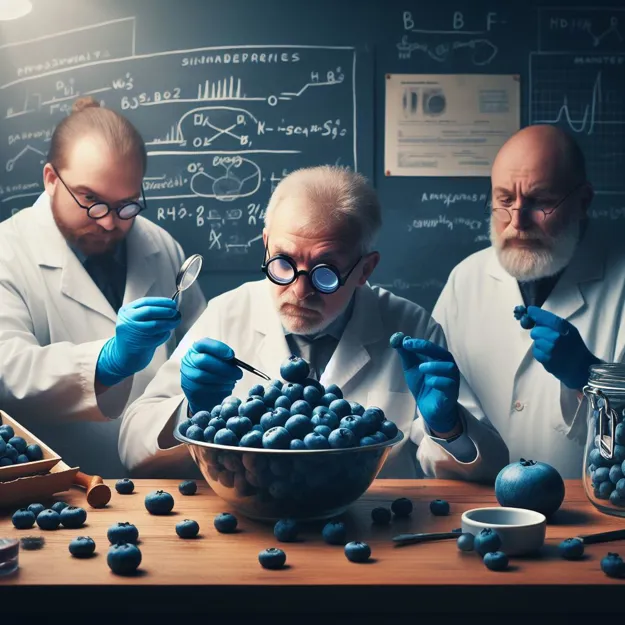Scientists from the University of Bristol have unraveled the mystery behind the blue color of blueberries. The blue appearance is not due to the fruit's pigment but results from tiny crystalline structures within the berry's wax coating that reflect light specifically to create a blue hue. This phenomenon also applies to other blue foods like damsons, sloe, and juniper berries. The team successfully replicated these blue-light-reflecting crystals outside of the berry, aiming to develop an environmentally safe, potentially edible coloring pigment.

This pigment could mimic the waxy coating's benefits, such as moisture protection and self-cleaning properties. The discovery sheds light on the complex interactions between plant structures and light, offering insights into potential applications in food coloring and material science.
